At Harvard University in the late 1930s, the mathematician Stanislaw Ulam used to tease the economist and future Nobel Prize winner Paul Samuelson, “Name me one proposition in all of the social sciences which is both true and non-trivial.” It took Samuelson years but, eventually, an answer occurred to him: the Ricardian theory of comparative advantage. Even if Portugal produces both cloth and wine more efficiently than England, as David Ricardo had demonstrated in 1817, the countries can still benefit from trading Portuguese wine for English cloth.
Generalized, this principle forms the basis of the economist’s case for free trade. “The theory of comparative advantage is a closely reasoned doctrine which, when properly stated, is unassailable,” Samuelson would write in his industry-leading textbook, Economics, which debuted in 1948. “With it, we are able to separate out gross fallacies in the political propaganda for protective tariffs aimed at limiting imports.” Almost half a century later, Professor Paul Krugman confirmed, “the essential things to teach students are still the insights of Hume [a contemporary of Adam Smith] and Ricardo.”
Anyone who has taken an introductory course in economics learned just that, and anyone giving even cursory attention to current affairs has heard the same message repeated ad nauseam and with absolute confidence by Nobel laureates proclaiming their unanimity and mocking dissent. On free trade, said Milton Friedman, “economists have spoken with almost one voice for some two hundred years.” Friedrich Hayek promised that “the self-regulating forces of the market will somehow bring about the required adjustments to new conditions,” including “necessary balance … between exports and imports.” Krugman concurred that “trade deficits are self-correcting” and, frustrated that “carefully explaining economic concepts like, say, comparative advantage [] doesn’t work,” he suggested, “What does work, sometimes, is ridicule. If you can make someone who imagines himself to be a deep sophisticate look silly, sometimes it gives him—or at least someone else who might be tempted to follow the same route—pause.”
After the Cold War’s end, a bipartisan consensus solidified amongst political leaders who accepted the free-trade consensus and accelerated globalization, in quick succession forming the North American Free Trade Agreement (NAFTA), launching the World Trade Organization (WTO), and granting China permanent normal trading relations (PNTR) as a WTO member. Standing in the White House briefing room in 2000 to present, a letter signed by 149 economists supporting PNTR with China, Nobel laureate Robert Solow explained, “An awful lot of the intellectual power of the economics profession has signed this letter. And it’s such a simple proposition it doesn’t really require that. You could not generate a hard exam question out of the material here.” Writing in the Wall Street Journal, Clinton’s Treasury Secretary, Larry Summers, crowed, “On this issue there has been only one answer.”
Reality, unfortunately, found a second answer. US exports and imports were roughly balanced in 1992; in 2022 the trade deficit exceeded $900 billion for the first time. Even in advanced technology products, the same 30-year period saw the United States swing from a $60 billion surplus to a nearly $250 billion deficit. Economic growth and business investment slowed, with the 2000s and 2010s turning in the worst and second-worst decades of the post-war period. In manufacturing, productivity growth turned negative—American factories needed more labor in 2022 than in 2012 to produce the same output. The crown jewels of American industry, revolutionary innovators like General Electric, Boeing, and Intel, lost their positions of global leadership. The US-China trading relationship became the most imbalanced in world history and cost millions of American jobs. Tesla Motors, an icon of contemporary American innovation, reports that most of its key stakeholders reside in China and CEO Elon Musk pledged in July to enhance “core socialist values.”
Americans are rightly confused and frustrated by the failure, especially given the confidence with which a different outcome was promised. The political system has begun to respond. Donald Trump and Hillary Clinton both campaigned against the Trans-Pacific Partnership in 2016 and, as president, Trump imposed harsh tariffs on China that President Biden has kept in place. But within the Biden administration, an old guard continues to advocate a very different agenda. In June, Treasury Secretary Janet Yellen testified before Congress, “We gain and China gains from trade and investment that is as open as possible.”
In academia, meanwhile, most economists refuse to acknowledge any problem at all. A 2012 survey by the University of Chicago presented 35 prominent economists with the statement, “Trade with China makes most Americans better off because, among other advantages, they can buy goods that are made or assembled more cheaply in China.” All 35 agreed. In his 2021 book, The Wall and the Bridge, Professor Glenn Hubbard, chair of President George W. Bush’s Council of Economic Advisers, suggested, “Let’s go back to Econ 101.” Citing “classical economist David Ricardo’s idea of ‘comparative advantage,’” Hubbard explained that “with two countries, if each specializes in the good or goods they produce more efficiently, there are gains from trade.”
Comparative advantage rose phoenix-like from the ashes of World War II, as American economists sought to claim for themselves a leading role in rebuilding a peaceful, US-led world order.
In the years ahead, America will continue to turn away from the excesses of globalization, as it should. Doing so effectively will require not only the understanding that something has gone wrong but also an understanding of what went wrong and why. Ideally, economists might come to recognize their own mistakes and participate in this rebalancing. But to paraphrase Krugman, if careful explanation does not prompt a rethinking, then ridicule will be well deserved.
What economists have missed in their blind embrace of free trade is a two-fold problem, part conceptual and part technical. The conceptual problem is quite straightforward: making things matter. This should not be a controversial assertion, but in fact, many economists will take issue with it. Michael Boskin, chair of President George H. W. Bush’s Council of Economic Advisers, famously quipped, “Computer chips, potato chips, what’s the difference?” Michael Strain, director of economic policy studies at the American Enterprise Institute (AEI), says of the United States being a manufacturing center, “we should not want to be.” Adam Posen, president of the Peterson Institute for International Economics, has argued that “what’s really going on here” with concern for American manufacturing is “the general fetish for keeping white males of low education outside the cities in the powerful positions they’re in in the US.”
But a nation’s capital investments, the capabilities it develops in its firms and workers, the supply chains it fosters, and the types of research and development it pursues all have important implications for the trajectory of its growth, the opportunities available to its citizens, and its power on the global stage. What is made in a country determines what else is made in the country; and what will be made tomorrow.
Andy Grove, the brilliant engineer who led Intel in its heyday, warned after his retirement about the folly of believing that a nation could offshore manufacturing while keeping innovation at home. “Our pursuit of our individual businesses, which often involves transferring manufacturing and a great deal of engineering out of the country, has hindered our ability to bring innovations to scale at home,” he wrote. “Without scaling, we don’t just lose jobs—we lose our hold on new technologies. Losing the ability to scale will ultimately damage our capacity to innovate.” The successful transition from prototype to production is as challenging and vital as the flash of brilliance in the garage. Without capacity for the former, both the inspiration for and value of the latter diminishes quickly.
With its infamous wine and cloth, the Ricardian model elides this challenge—specializing in either product might be equally valuable. But change the model to advanced semiconductors and cloth, and the benefit to a nation of abandoning its role in the chip industry to focus on weaving is harder to discern. Complicating matters further, once the products at issue are of different strategic value, any nation might rationally place its finger on the scale to gain comparative advantage in that which it prefers to produce. Another nation trusting that it would benefit from free trade regardless would soon find itself specializing in that which no one else wants. The most technologically advanced economy could find itself running a $250 billion deficit in advanced technology products, incapable of fabricating advanced chips that it pioneered. In that country, national security would be put at risk, productivity growth and innovation would decline, and workers and their families and communities would ultimately pay the price in worsening economic prospects.
A second, more technical problem compounds the first. Trading cloth for semiconductors might not strengthen the economy, but it would at least yield a hot labor market for shepherds. This assumption is fundamental to Ricardo’s model, and originates even earlier, in The Wealth of Nations, where Adam Smith wrote, “If a foreign country can supply us with a commodity cheaper than we ourselves can make it, better buy it of them with some part of the produce of our own industry, employed in a way in which we have some advantage” (emphasis added). John Stuart Mill, elaborating on Ricardo’s analysis, described international trade as “always [] in reality, an actual trucking of one commodity against another.” What happens to the model, though, if goods are exchanged not for goods but for assets? Liverpool’s factories could relocate to Lisbon. Portugal could make the wine, the cloth, and the semiconductors and trade them to England in return for prime London real estate, or perhaps bonds committing the British Crown to payment at some future date.
In the short run, an Englishman might delight in this arrangement—receiving all manner of goods at lower prices to consume, while having to produce nothing at all in return. It would also be a recipe for national immiseration. The exchange of goods for assets appears as a trade deficit, and it is the central fact of the American experience under globalization. Since 1992, the United States has accumulated $15 trillion in trade debt—goods and services consumed by Americans for which nothing was produced in return. That lack of demand for production has itself done great harm, in hollowed-out industries, collapsed communities, and slowed growth. But adding insult to injury, it represents future claims on the American economy—public and corporate debt, equities, and real estate ownership that has been sent abroad.
The economic models that assess this state of affairs as a success are useful only insofar as they underscore the shortcomings of such models. Financing current consumption by simultaneously forfeiting future claims on the nation’s prosperity and reducing the nation’s capacity to generate prosperity can score well within only the most myopic and blinkered conception of the common good. “Our country has been behaving like an extraordinarily rich family that possesses an immense farm,” lamented Warren Buffett in 2003, when the American position was far less dire than today. “We have, day by day, been both selling pieces of the farm and increasing the mortgage on what we still own.”
Could the entire field of economics truly have overlooked such basic flaws in a simplistic model for 200 years? Of course not. The truth is, if anything, stranger: For more than a century after Ricardo introduced the concept of comparative advantage, no one much cared. It did not even bear mention in Principles of Economics, Alfred Marshall’s seminal 1890 introduction to the discipline. Marshall informed students, rather, that “a full discussion of a free trade policy must take account of many considerations that are not strictly economic.” Under the heading, “The Narrowness of Ricardo and His Followers,” he chastised the Ricardians for having “laid down laws with regard to profits and wages that did not really hold even for England in their own time” and for failing to “see how liable to change are the habits and institutions of industry.” A footnote further condemned the “many hangers-on of the science, who had no reverence for it, and used it simply as an engine for keeping the working class in their place.”
Marshall’s distinction between Ricardo and his followers is significant. Ricardo knew well the limits of his own model, observing that his wine and cloth hypothetical worked only because of “the difficulty with which capital moves from one country to another.” If Portugal were the low-cost producer of both, “it would undoubtedly be advantageous to the capitalists of England and to the consumers in both countries, that under such circumstances, the wine and the cloth should both be made in Portugal, and therefore that the capital and labour of England employed in making cloth, should be removed to Portugal for that purpose.” The saving grace, he believed, was “the natural disinclination which every man has to quit the country of his birth,” feelings “which I should be sorry to see weakened.” Introduce Ricardo to Apple’s Tim Cook or Tesla’s Elon Musk, and he might disavow comparative advantage on the spot.
In the United States, meanwhile, economists and policymakers recognized the case for free trade emanating from Britain as a self-serving ideology, not a universal principle. British industry dominated the global economy and the Empire relied upon its colonies and other nations to supply it with raw materials in return for which it would deliver finished goods, keeping the technological progress for itself. The lower the trade barriers the better. John Adams complained that British merchants “disgorged upon us all their stores of merchandise and manufactures [not] only without profit but at a certain loss for a time—with the express purpose of annihilating all our manufacturers.” Henry Charles Carey, leader of the American School of economics and chief economic advisor to Abraham Lincoln, warned that Britain sought to “secur[e for] the people of England the … monopoly of machinery” and advised U.S. policymakers to “break down this monopoly” and support “stabler self-sufficient communities.”
Marshall, an Englishman himself, observed in his textbook, “The cause of free trade in other countries has been injured by the narrowness of those of its English advocates, who have refused to take account of any elements of the problem which were not practically important in their own country and their own time.” He credited Friedrich List, a German emigré to the United States, with showing that “the Ricardians had taken but little account of the indirect effects of free trade.” These were less relevant to Britain but, “in Germany and still more in America, many of its indirect effects were evil.”
Thus, the American tradition from the founding was one of aggressive protectionism and support for domestic industry. Alexander Hamilton famously urged a national economic policy to foster domestic industry in his 1791 Report on Manufactures, which concluded by asking, “In what can [the public purse] be so useful as in prompting and improving the efforts of industry?” Henry Clay advocated a protective tariff as the centerpiece of what he called “the American System,” jeering on the Senate floor, “Free trade! Free trade! The call for free trade, is as unavailing as the cry of a spoiled child.” Lincoln called himself a disciple of Clay and declared, “Give us a protective tariff, and we will have the greatest nation on earth.” Benjamin Harrison won the presidency in 1888 on the slogan, “Protection to Home Industry,” and in the following decade, Theodore Roosevelt wrote to a friend, “Thank God I am not a free-trader. In this country, pernicious indulgence in the doctrine of free trade seems inevitably to produce fatty degeneration of the moral fibre.”
Behind some of the world’s highest tariff barriers, the United States transformed from colonial backwater to continent-spanning industrial colossus. From 1870 to the eve of the Great Depression in 1929, US GDP per capita grew at more than twice the rate in the United Kingdom. Most of the great success stories in modern development—countries like Japan, South Korea, and Israel—likewise hinge on aggressive trade barriers erected to develop domestic industry. None of these examples proves that protectionism always works, but they do prove that it does not necessarily fail.
Defenders of the free trade dogma will suggest on occasion that all these policies in all these places and eras may have been counterproductive, their apparent successes in fact failures, and the unprecedented economic progress a shadow of the even more unprecedented progress that could otherwise have been achieved. Perhaps. Likewise, rain dances may work and we simply have not been performing them properly. Generally speaking, though, we expect more rigor from our economists than our shamans.
Even the British came to their senses as their industrial hegemony faded. “I am no longer a free trader—and I believe that practically no-one else is— in the old sense of the term,” wrote John Maynard Keynes in a 1933 government memo, “to the extent of believing in a very high degree of national specialization and in abandoning any industry which is unable for the time being to hold its own.”
Comparative advantage rose phoenix-like from the ashes of World War II, as American economists sought to claim for themselves a leading role in rebuilding a peaceful, US-led world order. In his recent book, No Trade Is Free, Ambassador Robert Lighthizer, US Trade Representative in the Trump administration, explains: “After the war, however, both Democrats and Republicans came to champion tariff reduction as a means of preventing yet another conflict, arguing that trade fostered interdependence between nations. Trade liberalization came to be seen not just as a tool of economic policy but also as a path to perpetual peace.” This may give the economic rationale too much credit. C. Fred Bergsten, founding director and Posen’s predecessor at the Peterson Institute, put the matter bluntly in Foreign Affairs in 1971: “The economic argument was always marginal,” he wrote. “It was the foreign policy case which provided the real impetus for liberal trade policies in the United States in the postwar period.”
The rehabilitation of comparative advantage to advance a geopolitical agenda is especially obvious in Samuelson’s textbook. Recall, just before the war, he could not answer his friend Ulam’s challenge to name a proposition of social science both nontrivial and true. A decade later, he was singing the praises of this “closely reasoned” and “unassailable” doctrine, “able to separate out gross fallacies in the political propaganda for protective tariffs.” But in doing so he inserted a notable caveat: it applies only “where there is substantially full employment.” Anyone troubled by this assumption, he suggested, should refer back to an earlier chapter in which “we agreed that a country like the United States must not depend upon beggar-my-neighbor international economic policies to solve her domestic problem of unemployment.”
Discussion in that earlier chapter appears under the heading “Postwar International Trade.” While “as compared to doing nothing toward depression unemployment, it may be better to increase exports and refuse imports,” the text teaches, “a little knowledge is a dangerous thing.” Indeed, one not careful might find himself “taking a leaf from Hitler’s Nazi book.” But never fear, “Any intelligent person who agrees that the United States must play an important role in the postwar international world will strongly oppose [protectionist] policies, because they all attempt to snatch prosperity for ourselves at the expense of the rest of the world.” Dig to the bottom of the post-war case for free trade, and one finds not a closely reasoned and unassailable doctrine, but rather a condescending lecture about preferring the global to the national interest. Who was the “we” that had “agreed” to this?
As a robust foundation for free trade, comparative advantage fails. As a pretextual buttress for a political judgment that the United States must play a particular role in the post-war world, it worked wonders. The problem with protectionism, wrote Samuelson, is that it is not good for other countries, and further that it is likely to prompt their retaliation, at which point “beggar-my-neighbor” becomes “beggar-myself.” Maybe so. But what if other countries are already attempting to beggar us? Samuelson advised patience. “Because World War II was so vast and devastating, we must expect and be patient with slow progress toward these goals.”
In refusing to tell the truth about free trade, or engage the serious issues that have emerged, modern economists are repeating the mistake of the nineteenth-century British ideologues.
Others have gone further, presenting with straight faces the claim that comparative advantage holds regardless of how other countries behave. AEI’s Strain and National Review editor Ramesh Ponnuru insisted, “The classical case for free trade … argued that free trade almost always benefits the country adopting it, regardless of the trade policies of other nations.” Krugman assured that “the economist’s case for free trade is essentially a unilateral case: a country serves its own interests by pursuing free trade regardless of what other countries may do.”
On one hand, a protectionist policy might be beneficial in the absence of retaliation, but other countries know this and will retaliate. On the other hand, protectionist policies harm only the enactor, and the United States would harm only itself by retaliating. Both cannot be true.
Krugman’s outlandish and irrational overstatement invites a sympathetic interpretation—perhaps the economists came to believe their own rhetoric and lost sight of the limited weight their theories could bear. But away from the spotlight, they made clear that they knew the limits. In the same issue of the American Economic Review where Krugman pronounced Ricardo’s insights the most important thing to teach and called trade deficits “self-correcting,” economists George E. Johnson and Frank P. Stafford discussed how foreign competition “can lower aggregate real income in the United States” and cited the success of Western Europe and Japan as a “candidate for explaining the fall (relative to trend) of the average living standard or real wage in the United States.” Later in the issue, economist Rachel McCulloch’s “The Optimality of Free Trade: Science or Religion?” concluded with a section on “That Old Free-Trade Religion” that credits recognition of free trade’s limits as “the product of science” and the economist’s “belief” that policymakers should not intervene as “beyond the narrow limits of that science.”
Harvard economist Dani Rodrik, one of the few longstanding skeptics of the globalization consensus, relates the story of asking Krugman for feedback on the manuscript of his 1997 book, Has Globalization Gone Too Far. “He told me he had no quarrel with my economics, but that I should not be ‘providing ammunition to the barbarians’—that is, I should not give comfort to all those protectionists who stand ready to hijack any argument that seems to provide intellectual respectability to their positions.”
In refusing to tell the truth about free trade, or engage the serious issues that have emerged, modern economists are repeating the mistake of the nineteenth-century British ideologues. “Many of [Friedrich List’s] arguments were invalid, but some of them were not,” observed Marshall, “and as the English economists scornfully refused them a patient discussion, able and public-spirited men impressed by the force of those which were sound, acquiesced in the use for purposes of popular agitation of other arguments which were unscientific, but which appealed with greater force to the working classes.”
The economists’ mistake is one prevalent in many fields today, from public health to education, where attempts to launder genuine expertise into social control tend inevitably to backfire, discredit the experts broadly, and thus fuel precisely the populism that they seek to avoid. Telling Americans to believe “economics” over their own lyin’ eyes only underscores how economics has failed. Heaping scorn on departures from the free-trade orthodoxy probably succeeds in cowing people who care mostly about their own respectability, but the inevitable result will be to sideline the economists themselves from the policy debates to come.
That would be a shame. As the American people, and American policymakers, rediscover the importance of promoting domestic industry and protecting the domestic market, economists have a vital role to play in analyzing how best to accomplish the nation’s goals. What should replace the WTO and how could it facilitate the genuine free trade that Smith, Ricardo, and Mill encouraged while foreclosing the dysfunctional perversions that have emerged? What drives the US trade deficit and what could reduce it? What forms of industrial policy most effectively channel investment toward vital industries while minimizing waste and abuse? Which industries are most vital? If economists would leave the political dreams to the politicians, they could do much good addressing questions like these. That is, after all, their comparative advantage.
*****
This article was published by Law & Liberty and is reproduced with permission.
Image Credit: Wikimedia Commons
TAKE ACTION
As we move through 2023 and into the next election cycle, The Prickly Pear will resume Take Action recommendations and information.
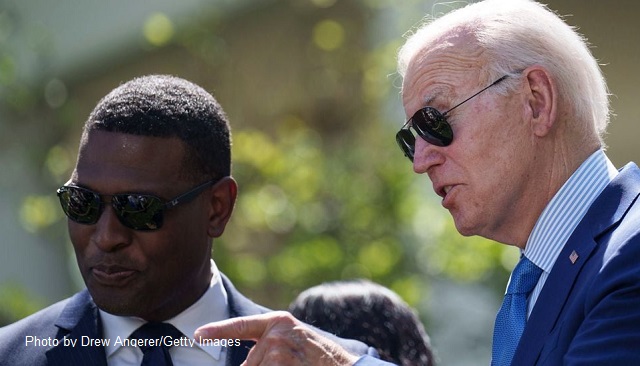

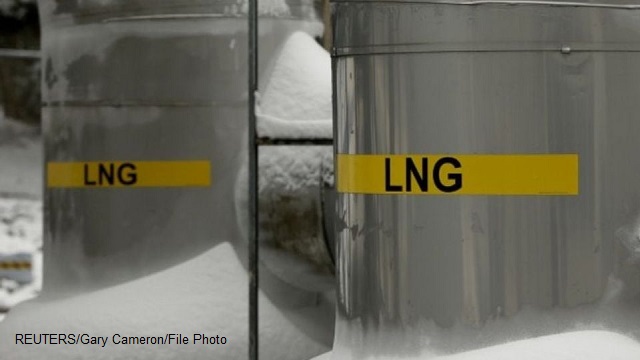
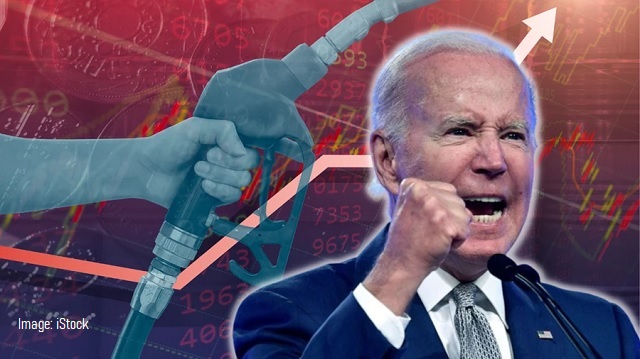


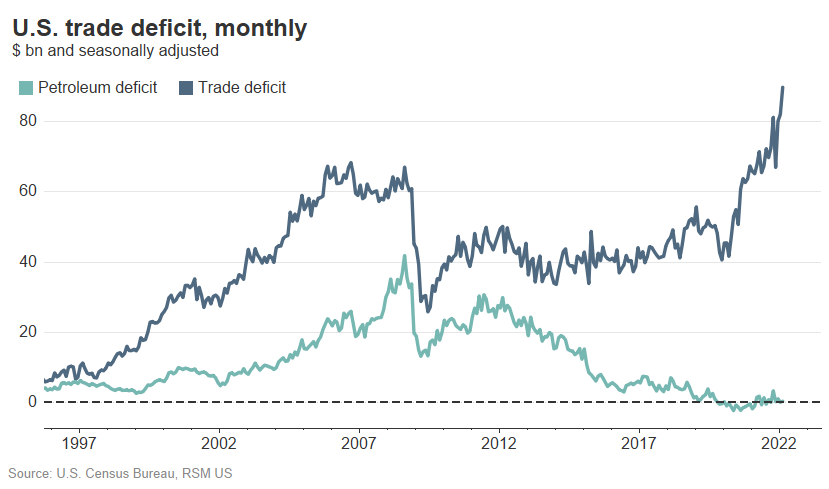


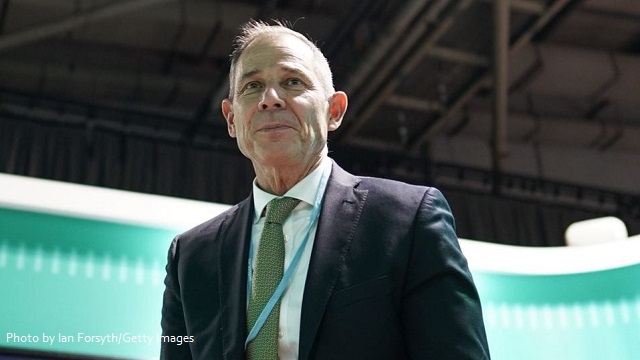
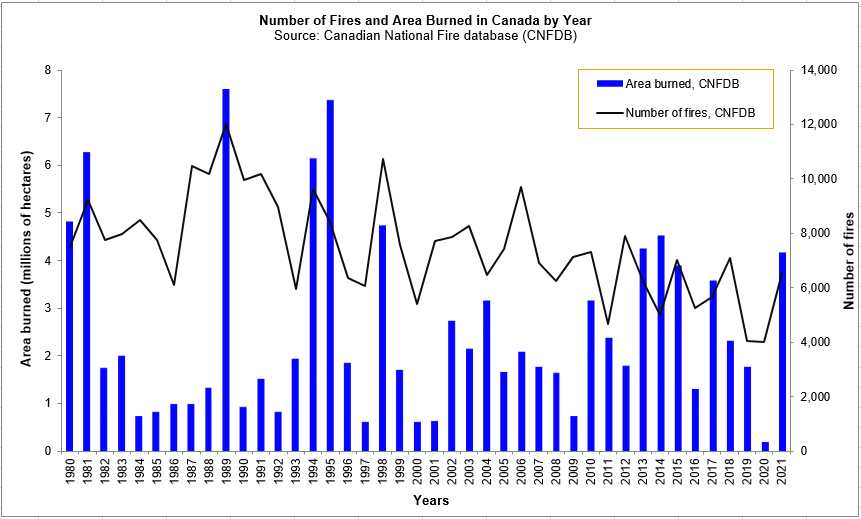
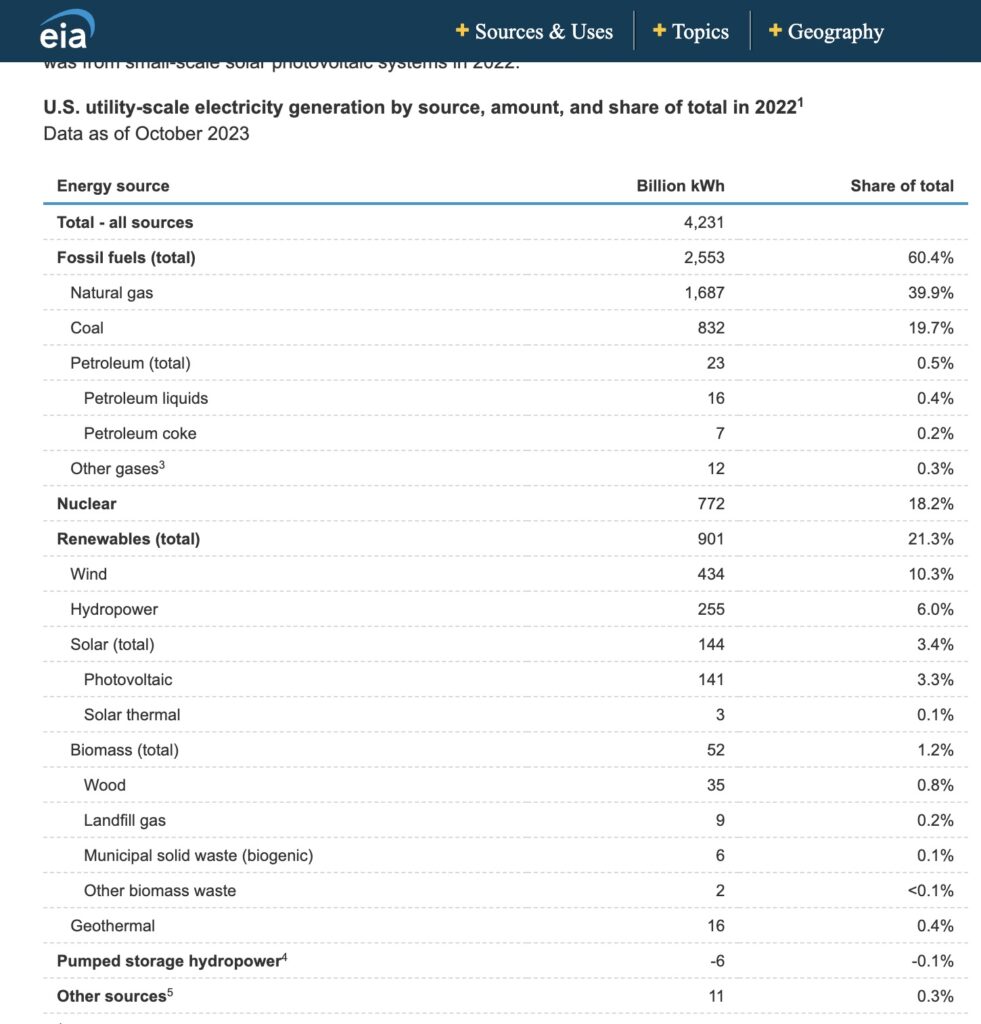
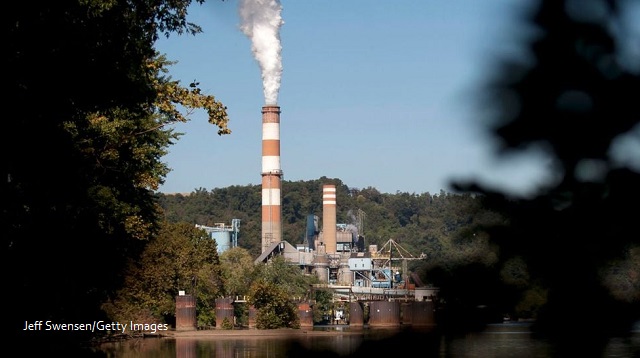


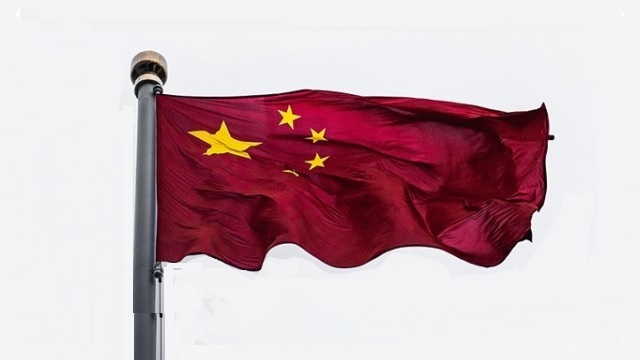
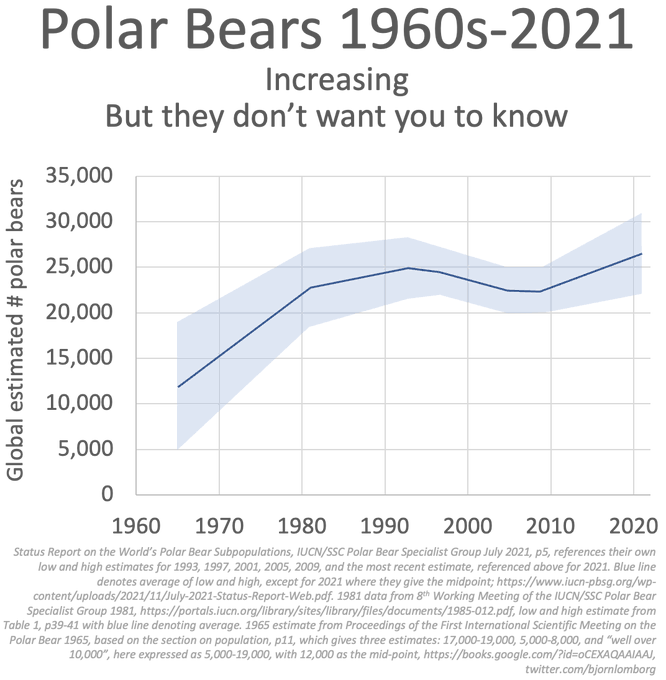
![I Must Be Getting Over The Target [A Reality Check on Climate Change] thumbnail](https://www.weatherbell.com/images/imguploader/images/co2_rise(2).png)
